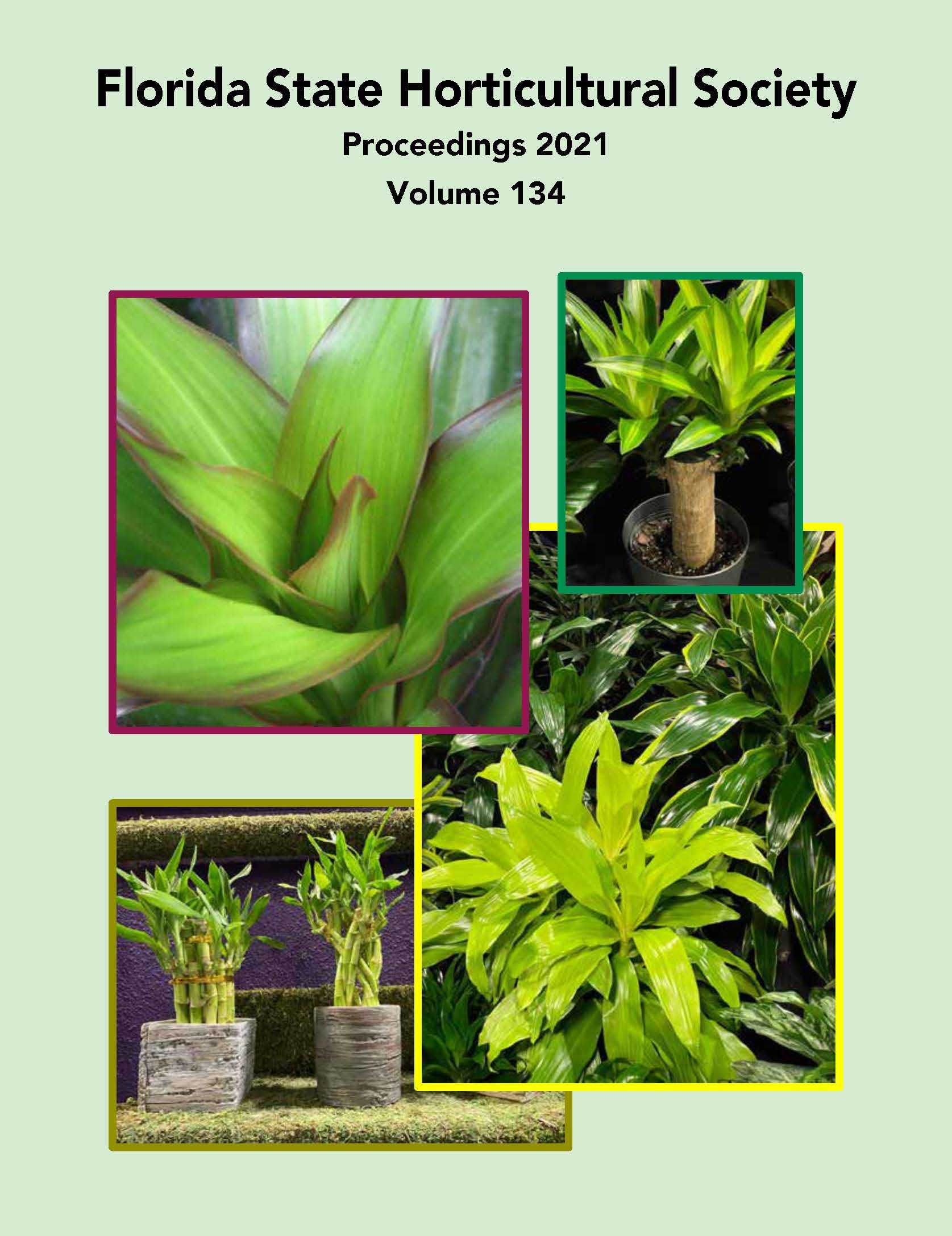Abstract
The cultivated strawberry is an important economic fruit crop across the world. In 2019, according to the Food and Agriculture Organization, U.S. strawberry yield was approximately 1.02 million tons. Gray mold disease caused by Botrytis cinerea has been a serious problem to strawberry industries and growers. B. cinerea can reduce commercial strawberry yield by over 50% in the United States. In Florida, the fruit rot caused by B. cinerea is one of the most problematic diseases, but currently there is no genetic resistance available to develop new cultivars. We recently identified two transcription factor genes associated with resistance to Botrytis gray mold. CRISPR/Cas9 gene editing technology was used to modify the target gene in the main University of Florida cultivar—Florida Brilliance. A transient RNA interference assay for candidate resistance gene showed a decrease in the area under the disease-progress curve and disease frequency in strawberry fruits against B. cinerea. We are currently working to obtain mutants for each target gene using CRISPR/Cas9 gene editing. Our findings will bevaluable for the breeding of Botrytis gray mold resistance.

